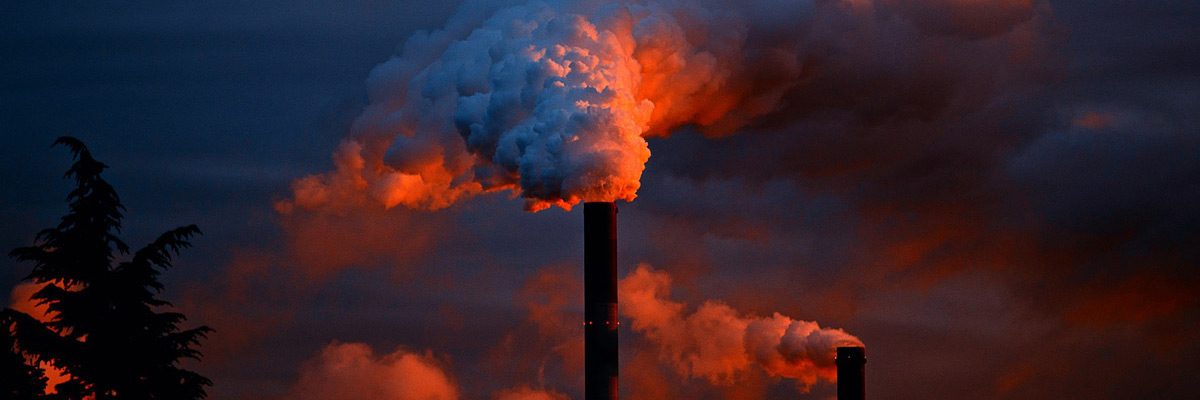I dare you to Google: Climate Change and plant life or Climate Change and small mammals. Most people who protest Global Warming, that is – say it ain’t happening, talk about deserts shifting and extinctions leading to our vary own. They say that since those things aren’t happening, then Global Warming isn’t either. But in the beginning it will be increases in insect born diseases, increases in storm strength, and increases in drought. Here is just one example.
How Climate Change is Helping Invasive Species Take Over
Longer seasons and warmer weather have combined to be a game-changer in the plant wars
Since the beginning of the 20th century, the growing season in many areas of the lower 48 states has expanded by about two weeks. Frosts end earlier in the spring and begin later in the fall. To gardeners in Maine, Wisconsin and Montana, that might seem a blessing. What’s not to like about more lettuce or riper tomatoes?
The longer seasons, however, are also helping invasive plants annex American soil; extended springs mean they can more quickly push aside native species and transform ecosystems. “What’s interesting about climate change is that humans are effectively manipulating how species experience time,” says ecologist Elizabeth Wolkovich of the Biodiversity Research Centre at the University of British Columbia.
Wolkovich and her colleagues have been studying how the first flowering dates of plants have changed over the years in Kansas, North Dakota, Washington, D.C., Concord, Massachusetts—where Henry David Thoreau kept notes about the flowers blooming near Walden Pond in the mid-1800s—as well as Britain.
:}
Go there and read. More next week.
:}




